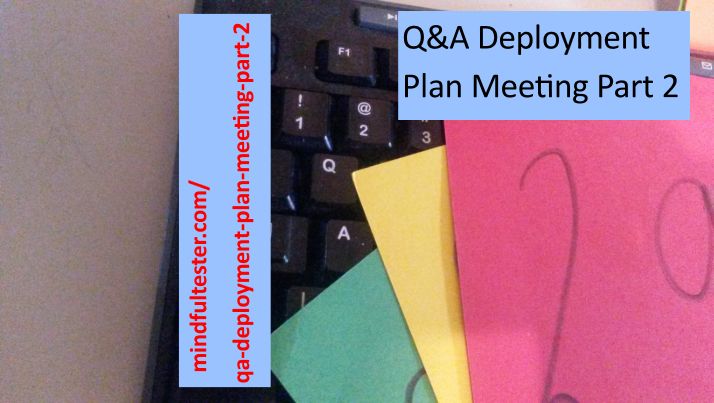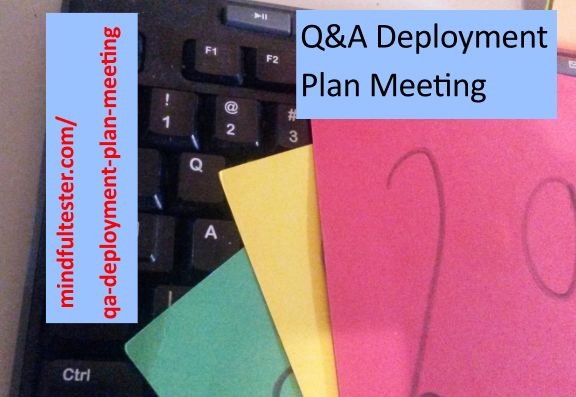“Walk your talk” is a common advice. For me it became “Mind map your talk”. During my employment of an IT company I became a mind map teacher. I needed lots of examples, so I started using mind maps for many occasions.
The frequent visitors of my blog might suspect, that I use mind maps for too many things. Here is some proof against it:
- In the office I use spreadsheet as a log book and table formatter (Make a comprehensive table in a spreadsheet program, copy ,and paste it in a word processor).
- In this blog I hided uses of spreadsheets here and here.
So I am not an Invading Spreadsheet Snatcher. You’re just lucky.
Can you cover me, Spreadsheet?
A fast way to show the coverage of functions or attributes is to put it in a mind map.
- Just open the document in a word processor.
- Copy the group items.
- Paste the items in a mind map.
- Use icons to register the progress.
It can be cumbersome in particular cases. How about more than 20 items? With related information like syntax, position, etcetera.
Once I had to test a change request. There were good technical specifications about a new file format in pdf format. And the same specifications in a spreadsheet. :)
These were the steps I took:
- Open the spreadsheet.
- Determine the column with the field names.
- Insert a column “Changed”.
- Add columns “To be tested” and “Comment” at the right end of the table.
- Put a filter on the heading of the table.
- Fill in, whether rows have been changed with “Old”, “New”, or “Changed”.
“New” means completely new field.
“Changed” means, that the field has changed position or the size, etc. - Set “To be tested” to Yes, if Changes is “New” or “Changed”.
- Check, whether the rows Changed and To be tested are filled with the filter.
- Test, whether a subset of changes have been implemented within a time box.
i.e. the rows with “To be tested” equal to Yes. - Note down, what has been tested, and ids of bug reports in the column “Comment”.
Feedback loop 1
- Talk with a fellow tester and programmer, which other modifications must be tested
i.e. the rows with “To be tested” equal to No. - Change “To be tested” to other values after this talk and add additional information in the column “Comment”.
- Test, whether the determined changes have applied within a time box
i.e. the rows with “To be tested” equal to Yes.
Feedback loop 2
- Talk to a business analyst, which other modifications must be tested
i.e. the rows with “To be tested” equal to No. - Change “To be tested” to other values after this talk and add additional information in the column “Comment”.
- Test, whether the determined changes have applied within a time box
i.e. the rows with “To be tested” equal to Yes.
Can you help me with the question, Spreadsheet?
A supplier had changed a table, which was already used in production. A programmer came in with an urgent request to check the changed values. Just a few checks were good enough. I had only a hard copy of the changed specs. After a small request I got the pdf version.
These were the steps I took:
- Open the pdf file.
- Go to text mode.
- Copy the complete table.
- Paste the table in a spreadsheet.
- Select the cells with identifiers.
- Transpose these cells.
(Change a vertical row cells to a horizontal row cells using a standard spreadsheet function.) - Save the sheet to a csv file.
- Replace “; ” (semi colon) by “,” (comma) in the csv file.
- Copy the content from this file in a sql tool.
- Make a query with the following format:
Select * from the_table where id in (<copied string>) - Execute the query.
- Talk with programmer about the result.
Bonus Spreadsheet material for free (Really)
In case there is no fancy pdf or digital file, then the following steps can be followed:
- Scan the hard copy.
- Use OCR software to convert the picture or graphical file into a text file.
- Correct errors in the text.
- Format the text.
- Copy the information in a spreadsheet.
- Make nice columns with “Text to columns”
- Follow steps described above.
Just
mind your spreadsheet program.


